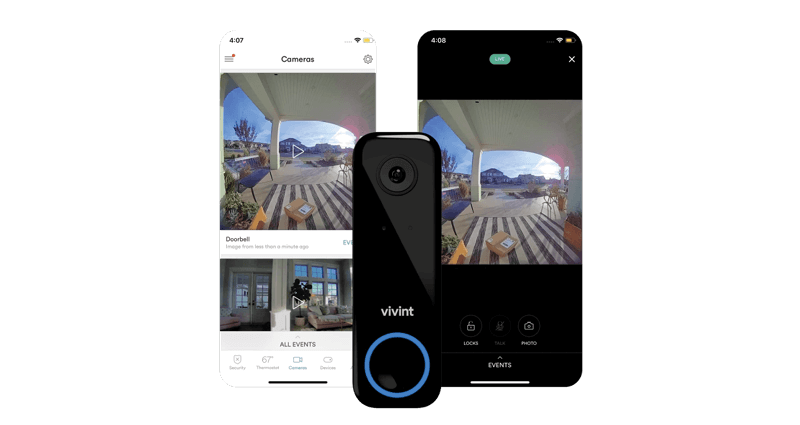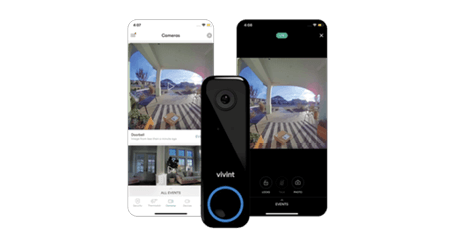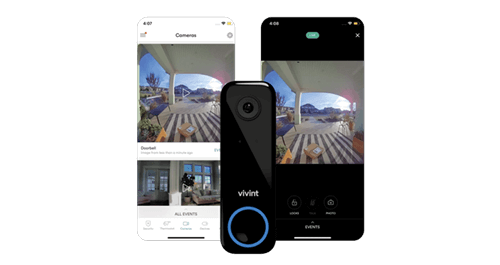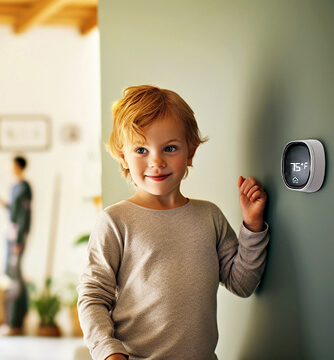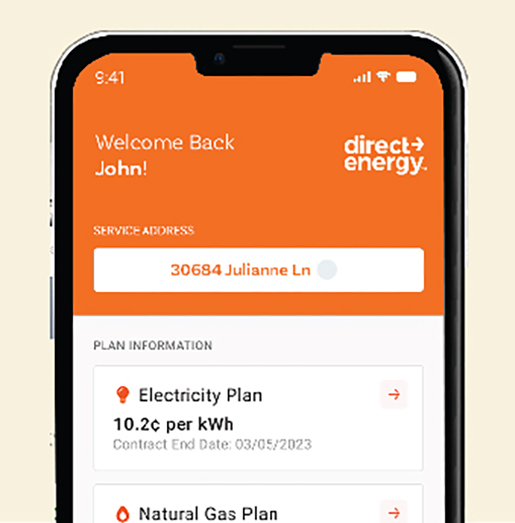Hot tips to keep you cool
Summer brings hotter temperatures, which equates to higher utility bills overall. In fact, when it comes to the highest needs that run up your energy bill, temperature control tops the list. But if you’re looking for ways to save energy this summer, worry not. We have several energy-saving summer tips that can make a positive impact on your next utility bill.
Consider installing a programmable or smart thermostat
With a programmable thermostat, you can set your air conditioner to be turned off at night when it is coolest, and you are least active. A smart thermostat allows you to control your air conditioner from anywhere using your smartphone and may allow more sophisticated energy-saving cooling schedules.
Save money with your thermostat settings
The U.S. Department of Energy recommends setting your thermostat to 78°F (26°C) when you are home and 88°F (31°C) when you're away or asleep. Turning your thermostat up 7 to 10 degrees higher while you're not home can help you save as much as 10 percent on cooling costs. Stay cool and comfortable at a warmer temperature by using the tips below.
Make sure your AC can breathe
All the vents in your home -- those that blow cool air in as well as the return vents that recycle stale air -- should be clear of furniture and obstructions. The vents should be cleaned regularly to keep them free of dust and return vents should have their filters changed on schedule. Air should flow through the system in a tightly controlled loop, so if you have holes or gaps in your duct system, they should be sealed with aluminum tape, silicone caulk or aluminum patches.
Use ceiling fans
Using your ceiling fan will allow you to raise the thermostat setting about 4°F with no reduction in comfort. Just make sure your fan is turning counterclockwise to create a cooling downdraft.
Open windows
Consider keeping your windows open in the evening and overnight to allow cooler air into your home, and don't forget to turn off your air conditioner. Close the windows during the day to keep the cool air in and the warm air out.
Plant shade trees and shrubs
Those living in rural areas can save on energy costs by planting shade trees and shrubs as solar shields. In summer, leafy trees can block harsh sunlight from your windows and make your air conditioner's job easier. You can plant shade trees on the east, west and northwest sides of your home to provide shade where it counts.
Use awnings
As an alternative to planting trees, awnings can provide more flexibility for seasonal energy savings. Use awnings and overhangs to keep the sun out of south-facing windows in the summers, then take down the awnings to let the sunshine in and save energy during the winter. You could even plan the overhangs so that they'll shade windows from the high summer sun but let in the lower winter sun.
Use drapes and shades
Keep your window treatments drawn on your south and west facing windows during the day to block out as much sun as possible and maintain a cooler indoor temperature.
Consider upgrading the windows in your home
Select high-efficiency, double or triple-paned windows with low-e coatings, argon gas fill and insulated spacers to block outdoor temperatures from getting into your home.
Dress for the weather
Dress in comfortable, lightweight clothing during hot weather so you can stay cool when the thermostat is set a little higher. This strategy can save energy at work just as easily as at home, so consider proposing a summer dress code at your office to help conserve even more.
Avoid generating unnecessary heat inside your home
If you plan to use your oven, try to do it at least an hour after sunset to avoid heating your home during the hottest time of day. The same goes for your dishwasher and clothes dryer. Replacing incandescent light bulbs with low-heat LEDs will bring your home's heat production down even further. To keep out unnecessary humidity, use your bathroom exhaust fans after showering and your kitchen exhaust fans when cooking on the stovetop.
Prevent your attic from heating your home
If it's hot outside, chances are it's even hotter in your attic. There are 2 ways to make sure that hot air doesn't heat the rooms in the top floor of your home: block out the heat with an insulated attic floor, and expel the heat with vents and fans. Attic insulation should fully cover the floor joists, though the exact recommended thickness varies by climate. Attic ventilation may come from soffit and gable vents, ridge vents, attic fans, roof fans or some combination of these features.
Block moisture from coming through your crawlspace
Homes with concrete foundations often have moisture problems that begin in the crawlspace, where summertime temperatures are often much lower than those above ground. This can increase indoor humidity, which has a direct effect on air conditioner load. But you can minimize this effect by spreading plastic sheeting between 6 and 8 millimeters thick across the floor of your crawlspace. You can also have your crawlspace permanently sealed through a process called encapsulation.
Reduce basement humidity
Just like crawlspaces, basements can also let humidity creep into the home and create the risk of mildew and mold. Prevent this problem by making sure your rain gutter system is effectively moving rainwater away from your home. You can also grade your lawn so that water slopes away naturally. If basement moisture problems persist, you may need to have a new vapor barrier installed.

